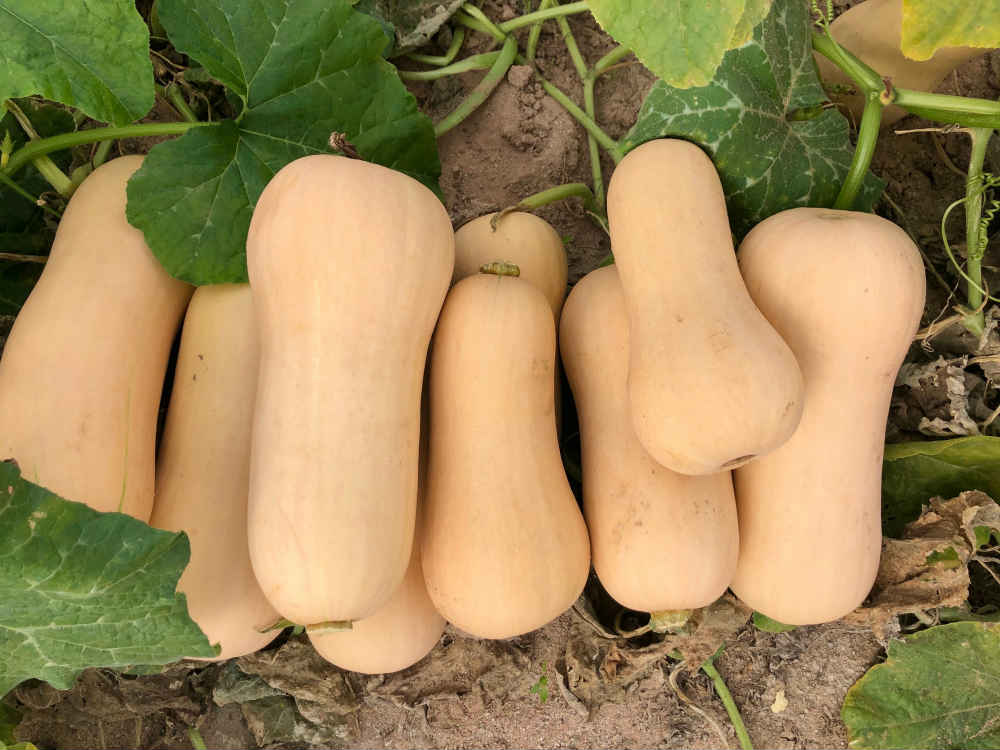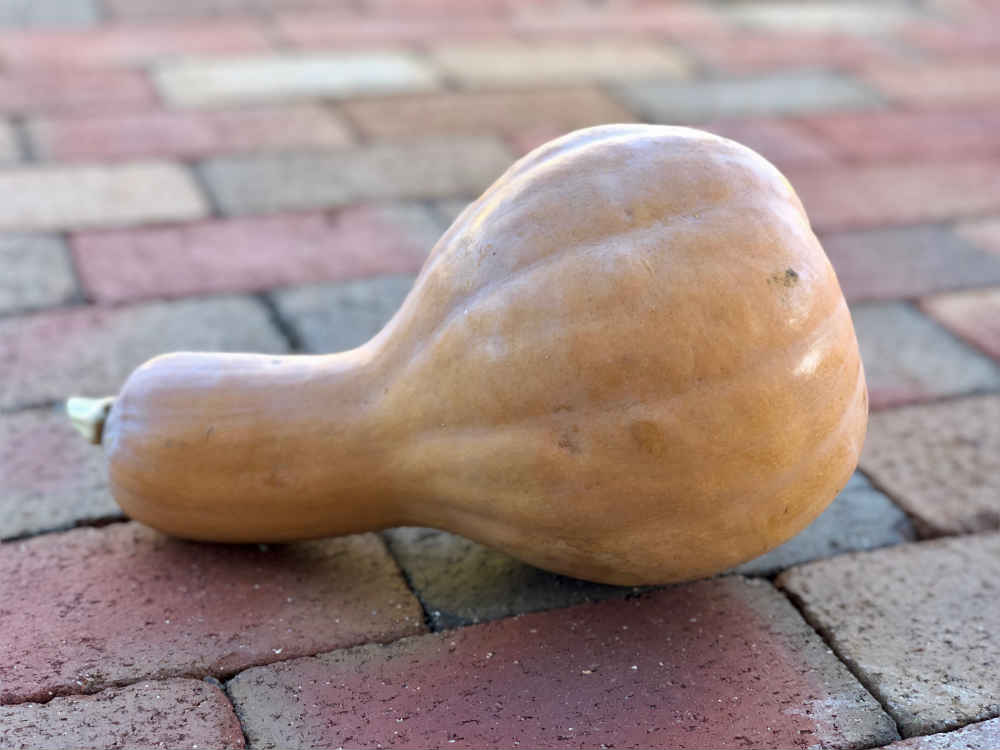
Squash deserves a place in our history books as one of the earliest and most important plants domesticated in the Americas. Below, we dive into the origins of squash and provide recipes showcasing its geographical and cultural roots.
Archaeological evidence shows that squash was first cultivated between 8,000 and 10,000 years ago in Mexico, long before European contact with the New World. Early farmers grew squash alongside corn and beans, using floodplain areas and irrigation canals. Migrating farmers and traders then dispersed the plant throughout Mesoamerica — the geographic and cultural area which extended from northern Mexico down through Costa Rica. As farming practices improved, people became more dependent on cultivated crops rather than the wild foods they had previously foraged.
Squash offered early inhabitants of Mesoamerica countless benefits. First, they were an excellent source of complex carbohydrates and Vitamins A and C. Second, the plant’s flowers, young leaves, and seeds could all be eaten and used for medicinal purposes. And lastly, squash plants — with their long, winding vines with large leaves — were excellent ground cover when planted between other native crops.

Butternut-type variety native to Sonora, Mexico (more information at: nativeseeds.org)
A host of varieties — with distinct shapes, colors, and textures — resulted from careful selection and breeding over a cultivation period lasting thousands of years. All squash types (summer and hardshell) are part of the genus Cucurbita family. The main species — C. maxima, C. moschata, and C. pepo, — are classifications used to describe the squash varieties we know today. Different types flourished in specific regions, playing important roles in cuisines throughout Central America and as far down as Argentina.
We rounded up some special recipes that speak to the history of hardshell squash in Latin America. Join us to celebrate this ever-important crop and our continued cultivation of squash in its native Mexico. For more information about availability and cultivation methods, visit our website.
- Locro de Zapallo (Peruvian Squash Stew)
- Poteca de Ahuyama (Columbian Squash Mash)
- Empanadas Mexicanas de Calabaza (Mexican Pumpkin Turnovers)
- Tarta de Zapallo (Argentine Butternut Squash Tart)
- Dulce de Zapallo (Ecuadorian Candied Pumpkin)
- Carbonada en Zapallo (Argentine Beef and Veal Stew in Pumpkins)
- Charquican Vegetariano (Chilean Vegetable Stew)